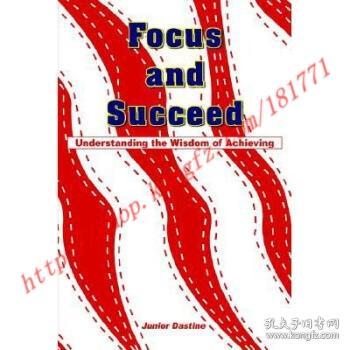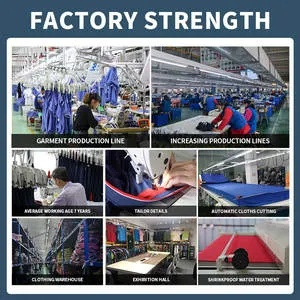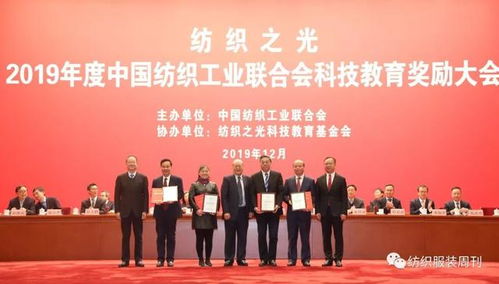Understanding the Essentials of Textile Testing
This paper aims to provide a comprehensive understanding of the fundamentals of textile testing. Textile testing is an essential aspect of ensuring quality and safety in the production and use of textile products. The paper discusses various types of textile testing, including tensile strength testing, tear resistance testing, and flame resistance testing. It also covers the importance of proper testing procedures and the role of testing equipment in achieving accurate results. The paper highlights the significance of conducting regular textile testing to ensure product quality and consumer safety. It concludes by emphasizing the need for continued research and development in the field of textile testing to improve its effectiveness and accuracy.
Introduction: Textile testing is an essential part of ensuring the quality and safety of products made from fabric. It involves a variety of tests to evaluate the physical, chemical, and functional properties of textile materials. In this session, we will discuss the different types of textile testing methods and their applications. Additionally, we will explore some common challenges in textile testing and how they can be addressed. Finally, we will look at some successful case studies to demonstrate the practical application of textile testing.
Types of Textile Testing Methods:

- Tensile Testing: This method measures the breaking strength of a textile material under tension. It is used to determine the tensile strength of fabrics, such as clothing and carpets.
- Tear Testing: This test evaluates the tear resistance of a textile material. It is commonly used to assess the durability of apparel and upholstery materials.
- Shrinkage Testing: This method measures the degree to which a textile material contracts when subjected to heat or moisture. It is important for determining the suitability of fabrics for outdoor wear and other applications that require flexibility.
- Color Testing: This method evaluates the color accuracy and uniformity of textile materials. It is crucial for garments that require high-quality color matching, such as fashion and home furnishings.
- Flammability Testing: This method assesses the combustion characteristics of textile materials. It is important for materials used in fire-resistant clothing and other applications that must withstand high temperatures.
- Moisture Absorption Testing: This method measures the amount of water that a textile material can absorb. It is important for materials used in sportswear and other applications that require breathability.
- Antimicrobial Testing: This method evaluates the ability of textile materials to inhibit the growth of microorganisms. It is important for materials used in healthcare and other applications that require antibacterial properties.
Common Challenges in Textile Testing: One common challenge in textile testing is the variability in the results obtained from different batches of fabric. This can be due to factors such as differences in dye lot, yarn type, and processing conditions. To address this issue, it is important to standardize testing procedures and use consistent materials throughout the testing process. Another challenge is the lack of standardization in the testing equipment and methods used by different laboratories. This can lead to inconsistencies in the results obtained from different tests and complicate comparisons between different brands and types of fabrics. To overcome this challenge, it is important to establish international standards for textile testing and ensure that all laboratories comply with these standards. Finally, there are also challenges associated with interpreting the results of textile testing. Different factors such as environmental conditions, measurement techniques, and interpretation of test data can affect the accuracy of the results. To address this challenge, it is important to provide clear guidelines for interpreting test results and to encourage collaboration between laboratories to share best practices and expertise.
Successful Case Studies: One example of a successful textile testing case study is the development of a new fabric blend for outdoor clothing. The company conducted extensive tensile testing on the fabric blend to determine its breaking strength and tear resistance. They also conducted color testing to ensure that the fabric blend matched the desired color shade and consistency. Based on these results, the company was able to develop a product with superior performance and endurance. Another example is the use of antimicrobial testing in the production of healthcare fabrics. The company tested different fabrics for their ability to inhibit the growth of bacteria and viruses. They found that a particular fabric blend had excellent antimicrobial properties and was able to prevent infections in patients wearing the fabric. This led to increased customer satisfaction and improved reputation for the company's healthcare products. In conclusion, textile testing is an essential aspect of ensuring the quality and safety of products made from fabric. By understanding the different types of textile testing methods and their applications, we can identify the challenges associated with conducting textile testing and overcome them through standardization, collaboration, and clear guidelines for interpreting test results. Successful case studies demonstrate the practical application of textile testing in various industries, highlighting its importance in improving product performance and meeting customer needs.
课程背景与目标
本课程旨在为纺织品检测从业人员提供全面、系统的理论知识与实际操作技能培训,通过生动的案例分析、丰富的图表展示和互动式讲解,帮助学员掌握纺织品检测的关键技术和方法,提高检测效率和准确性。 结构
纺织品基础知识介绍
(1)纺织品定义与分类
(2)纺织品检测的重要性与意义
检测标准与流程
(1)检测标准与国际标准对比
(2)检测流程的详细介绍
检测仪器与设备介绍
(1)常见检测仪器简介
(2)仪器使用与维护注意事项
纺织品检测案例分析
(1)案例一:面料质量检测 面料成分分析、手感测试、色牢度测试等。
案例分析:通过实际案例,展示纺织品检测的具体操作步骤和注意事项。
(2)案例二:纤维含量检测技术探讨 新型纤维含量检测方法介绍、实验步骤及数据分析。
案例说明:结合实际案例,深入剖析纤维含量检测技术的实际应用和效果。

实际操作技能培训
(1)实训操作演示
(2)学员分组操作练习
英文案例说明及图表展示
面料质量检测案例分析图表展示
(1)面料成分分析图表:展示不同面料成分及其对质量的影响。
(2)手感测试图表:直观展示手感测试方法及结果。
(3)色牢度测试图表:展示色牢度测试的具体步骤和结果。
通过这些图表,学员可以更直观地了解面料质量检测的全过程,提高检测效率和准确性。
纤维含量检测技术探讨案例说明及图表展示
(1)纤维含量检测技术探讨图表:展示新型纤维含量检测方法的原理、操作流程和效果。
(2)实验数据图表:展示纤维含量检测实验的数据结果,帮助学员理解实验过程和结果。
实训操作演示与学员分组操作练习环节
-
实训操作演示环节:教师通过实际操作演示,详细讲解纺织品检测的流程和注意事项,学员可以亲眼看到检测仪器的使用和维护,以及实际操作中的注意事项。
-
学员分组操作练习环节:学员分组进行实际操作练习,通过实践掌握纺织品检测的具体操作技能,教师提供指导和帮助,确保学员能够熟练掌握纺织品检测的操作技能,学员还可以互相交流学习,提高自己的检测能力和水平。
总结与展望
本课程通过生动的案例分析、丰富的图表展示和互动式讲解,帮助学员全面、系统地掌握纺织品检测的关键技术和方法,纺织品检测行业将会不断发展壮大,对纺织品检测从业人员的要求也会不断提高,学员需要不断学习和提高自己的专业技能和水平,以适应行业的发展需求。
Articles related to the knowledge points of this article:
Global Ranking of Textile Firms A Comprehensive Analysis
The Role of Textile Ingredients in the Quality and Durability of Clothing
Stylizing Success with the Timeless Legacy of Shishi Jinkai Textiles
Strategies for Degrading Formaldehyde in Textile Products
The Fabrication of a Future:A Comprehensive Guide to Textile Planning



